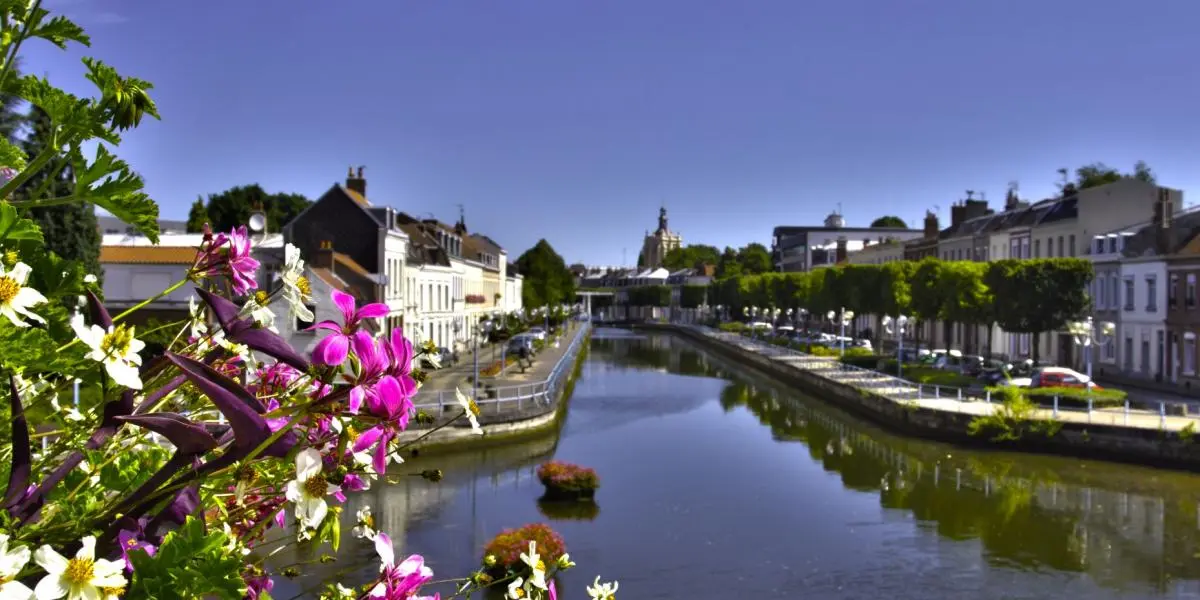WHAT TO SEE ?
Tourist Information Center
70 Place d'Armes
Discover the Hôtel du Dauphin now turned into the Tourist Office, an architectural gem in the heart of Douai. Built in the 18th century, this elegant mansion has witnessed the city’s history, serving first legal, then military purposes. With its refined façade and rich past, it stands as a testament to Douai’s heritage, inviting visitors to admire its timeless charm.
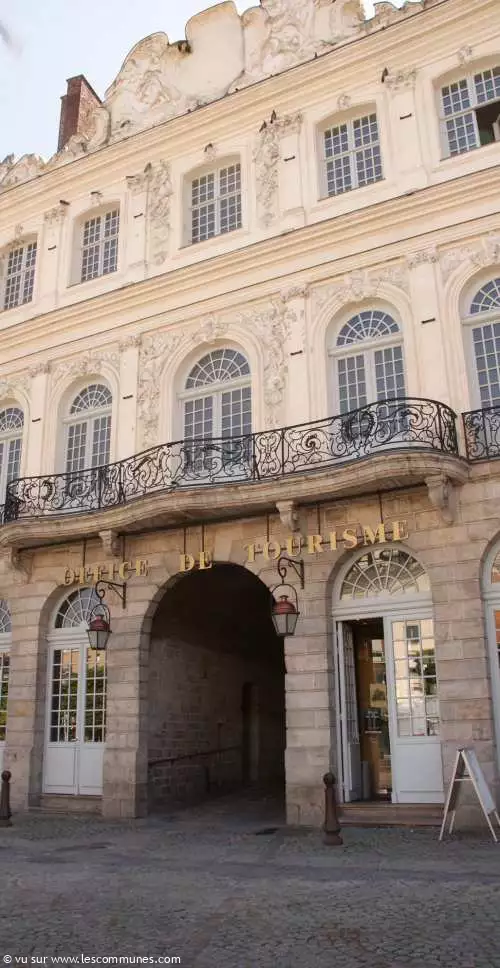
HÔTEL D’AOUST
50 Rue de la comédie
Discover the Hôtel d'Aoust, an 18th-century architectural masterpiece in Douai. Originally serving as the winter residence for the noble d'Aoust family, this elegant mansion has witnessed centuries of history. Today, it houses the Administrative Court of Appeal, seamlessly blending its rich heritage with contemporary judicial functions. Visitors can admire its exquisite façade adorned with sculptures representing the four seasons, reflecting the timeless charm of Douai's architectural legacy.
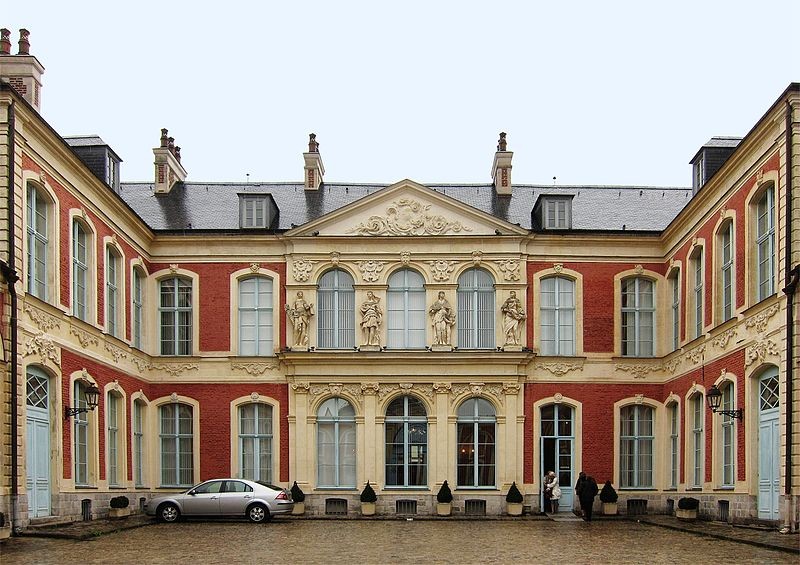

PORTE DE VALENCIENNES
3 place d'Haubersart
Discover the Porte de Valenciennes, a remarkable historical landmark in Douai. Originally known as the Vacqueresse Gate, which means where cows were driven through, it was rebuilt in sandstone in 1453 and renamed Porte Notre-Dame. This gate has witnessed significant events, including the entry of Louis XIV into Douai in 1667. In 1880, two lateral openings were added to accommodate vehicle passage. Today, the Porte de Valenciennes stands as a testament to Douai's rich military history and architectural heritage.
COURTHOUSE
26 Pl. Charles de Pollinchove
Discover the Palais de Justice de Douai, a prestigious landmark reflecting the city’s rich legal heritage. This impressive courthouse, once home to the Parliament of Flanders, stands as a symbol of justice and history. With its elegant architecture and historical significance, it remains a key institution in the region. Guided tours are occasionally available, offering a unique glimpse into its grand halls and centuries-old traditions. A must-see for those fascinated by law, history, and remarkable civic buildings!

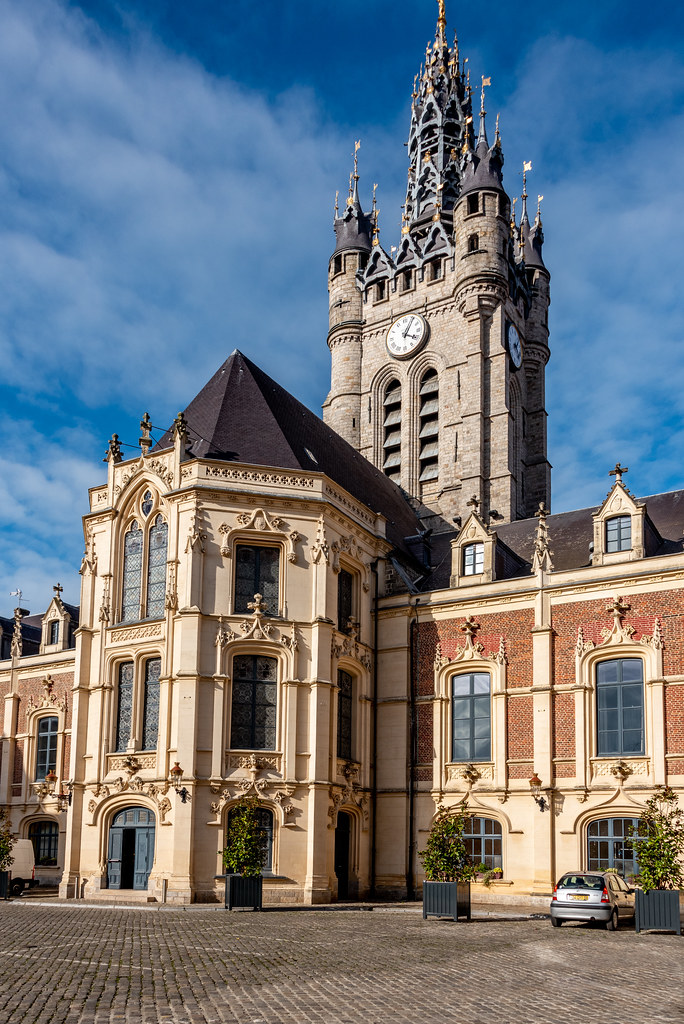
BELFRY AND TOWN HALL
83 Rue de la Mairie
The Belfry of Douai is the city's most iconic landmark and top tourist attraction. This magnificent 57-meter-high Gothic masterpiece, listed as a UNESCO World Heritage Site, has stood proudly since the 14th century. Home to one of the largest carillons in France, its 62 bells ring out melodies that bring the city's history to life.
Open to visitors Monday to Friday at 3:00 PM and 4:30 PM, the belfry offers an unforgettable experience—climb to the top for breathtaking panoramic views over Douai and beyond. A must-see for history lovers, architecture enthusiasts, and anyone looking to discover the heart of Douai!
NOTRE DAME CHURCH
56 Terrasse Notre-Dame
Discover the Église Notre-Dame de Douai, a stunning architectural gem in the heart of the city. This historic church, with its majestic Gothic façade and ornate interior, is a true testament to Douai’s rich religious and cultural heritage. Admire its impressive stained-glass windows, grand organ, and intricate woodwork, all contributing to a peaceful and awe-inspiring atmosphere. A must-visit for lovers of history, architecture, and sacred art!
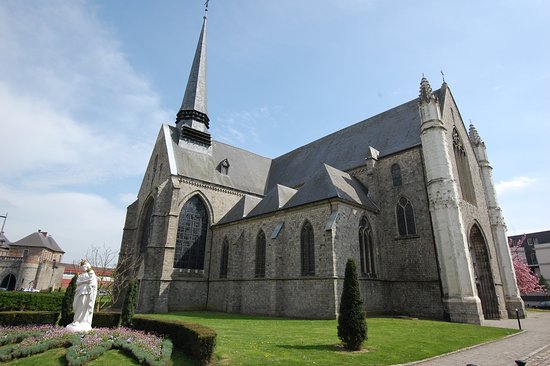

HÔTEL DE LA TRAMERIE
132 rue des Foulons
Built in 1649 and designated as a Historic Monument since 1932, the Hôtel de la Tramerie was originally a brewery—a perfect example of Flemish influence before Douai became part of France. Over time, this elegant and prestigious residence has been revived, embodying centuries of history.
Fifty years after its construction, a wealthy brewer transformed it into a private mansion, marking the beginning of its evolution through various functions, including serving as an art school. The building, adorned with the iconic red bricks typical of Northern France, blends seamlessly into the city's architectural landscape. Its molded front and grand archivolt, standing proudly above the entrance, serve as striking emblems of its heritage.
CHARTREUSE MUSEUM
130 rue des Chartreux
Discover the Musée de la Chartreuse, a cultural gem nestled in the heart of Douai. Housed within a former Carthusian monastery dating back to the 16th century, this museum offers a unique journey through art and history. Its diverse collection spans from the Middle Ages to contemporary works, featuring masterpieces by artists such as Veronese, Rubens, and Gustave Courbet. The museum's architecture itself is a marvel, with its Renaissance-style buildings and serene cloisters providing a tranquil backdrop to the artworks. A visit to the Musée de la Chartreuse promises an enriching experience for art enthusiasts and history buffs alike.

COLLEGIALE SAINT-PIERRE
64 rue Saint-Christophe
Discover the Collégiale Saint-Pierre, a monumental church in Douai that stands as a testament to the city's rich architectural and religious heritage. Established as a collegiate church in 1012 by the Count of Flanders, the current structure was completed in 1750, showcasing impressive classical design. Its vast dimensions make it the largest church in the diocese of Cambrai, often likened to a cathedral. Inside, visitors can admire a collection of 17th-century paintings and intricate furnishings that reflect the elegance of the Classical period. Whether you're an architecture enthusiast or a history buff, the Collégiale Saint-Pierre offers a captivating glimpse into Douai's storied past.
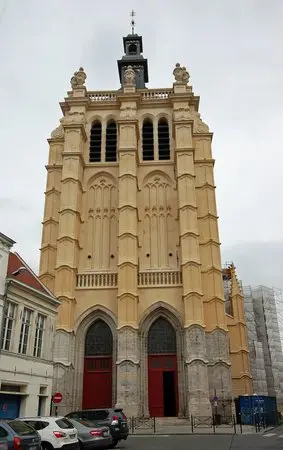
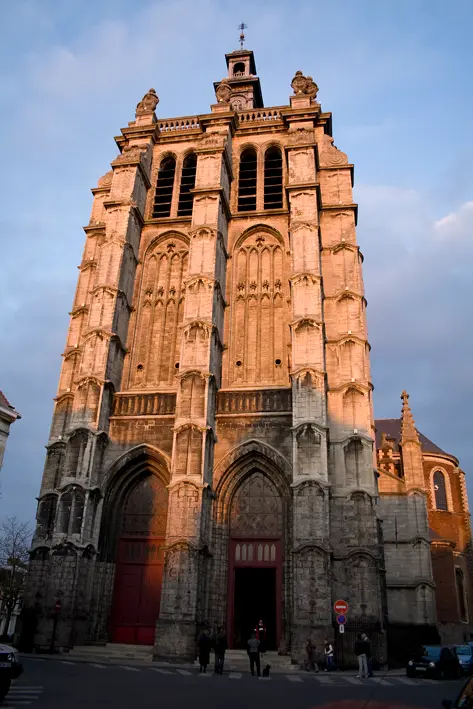
SCARPE RIVER
Discover the Scarpe River, the lifeblood of Douai and a true symbol of the city’s history and charm. Flowing gracefully through the heart of Douai, this scenic river has long been a vital trade and transport route, shaping the city’s development over the centuries.
Today, the Scarpe offers a peaceful escape, with picturesque walking paths, charming bridges, and lively quaysides perfect for a leisurely stroll or a boat ride. Whether you’re admiring its reflections of Douai’s historic buildings or simply enjoying the tranquility of the water, the Scarpe River is an essential part of the city’s unique charm. A must-see for nature lovers and history enthusiasts alike!
